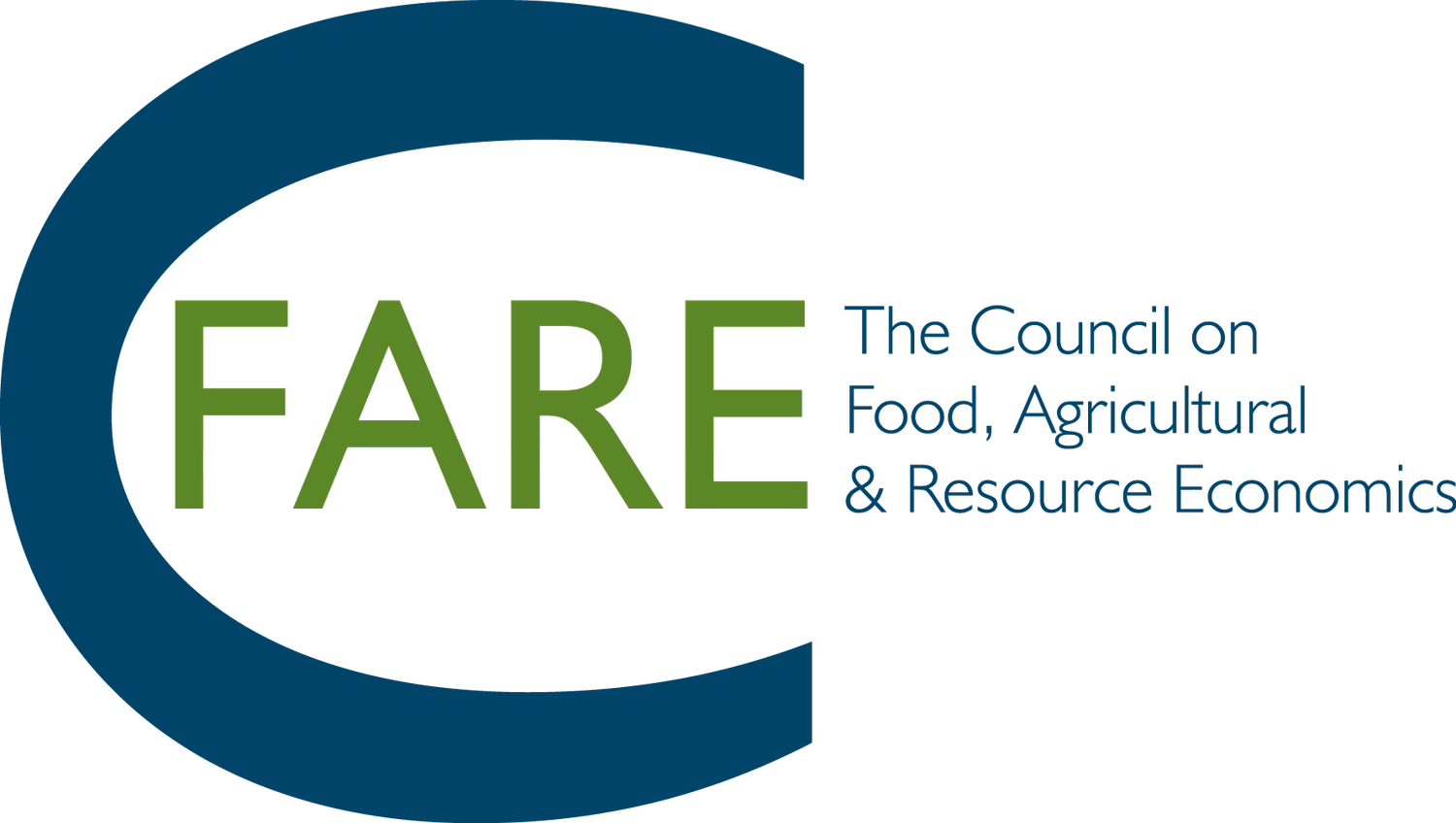Regulation, climate change, and declining investment in agricultural research
David Zilberman, C-FARE Board Member and Professor at the University of California, Berkeley
Modern society has been built on increased agricultural productivity. The number of people fed by a single U.S. farmer has grown steadily from three to five people in the 1800s, to over 160 people in 2024. From 1950 to 2025, the world population tripled. Yet, enough food was grown, globally, to keep apace with population, with only a 10% increase in land under cultivation during that period.
Agricultural productivity during this period increased due to multiple factors, but chief among these were the innovations generated by research and development (R&D). Public and private sectors invest in R&D; public research generates basic knowledge, while private research builds on it to develop specific applications. Knowledge is translated into innovations (new ways of doing things) that are commercialized and adopted by farmers and agribusiness. Major agricultural innovations include chemical fertilizers and pesticides; mechanical innovations such as tractors and the combine harvester; improved breeding techniques of plants and animals--including selective breeding, use of hybrids, and biotechnology; and better management practices, including integrated pest management and digital precision systems.
Agricultural productivity is measured using total factor productivity (TFP), the ratio of the value of all outputs and the cost of the whole set of inputs. Between 1948 and 2021, TFP grew at a rate of 1.49 percent per year, on average (Alston et al., 2021). However, TFP growth has declined in the 21st century, and studies attribute it to several causes. The first is decreased public investment in agricultural research, especially research that targets production practices. America’s investment in such investment has fallen by a third after it peaked in 2002; China is now the world’s largest funder of agricultural research. A second factor is climate change. Anthropogenic climate change has reduced global agricultural TFP by about 21% since 1961 (Ortiz-Bobea et al., 2021). The effect has been more pronounced in warmer regions such as Africa and Latin America, and it is predicted to become more severe everywhere in the future (Thompson et al., 2023). A third factor is regulatory hurdles that prevent or slow the development of new technologies. New tools of genetic engineering have been used to develop new medical solutions, including the vaccines used to curb the COVID-19 pandemic, but their use has been constrained in US agriculture. The registration process for biotechnology solutions is cumbersome, lengthy, and costly, and it disincentivizes the development of new solutions. One result is that the application of transgenics has been limited to feed- or non- food crops (e.g., corn, soybean, cotton), and is rarely used to address animal health problems.
The global population is projected to grow for another two decades. U.S. producers are adapting to climate change, for example, by relocating crops geographically and modifying production practices. But this is not without cost. Against these headwinds, keeping agriculture productive will require both the expansion of public investment in agricultural research and the simplification of the regulatory processes associated with introducing new technologies.
References
Ortiz-Bobea, Ariel, Toby R. Ault, Carlos M. Carrillo, Robert G. Chambers, and David B. Lobell. "Anthropogenic climate change has slowed global agricultural productivity growth." Nature Climate Change 11, no. 4 (2021): 306-312.
Thompson, Vikki, Dann Mitchell, Gabriele C. Hegerl, Matthew Collins, Nicholas J. Leach, and Julia M. Slingo. "The most at-risk regions in the world for high-impact heatwaves." Nature Communications 14, no. 1 (2023): 2152.
Alston, Julian M., and Philip G. Pardey. "The economics of agricultural innovation." Handbook of agricultural economics 5 (2021): 3895-3980.
